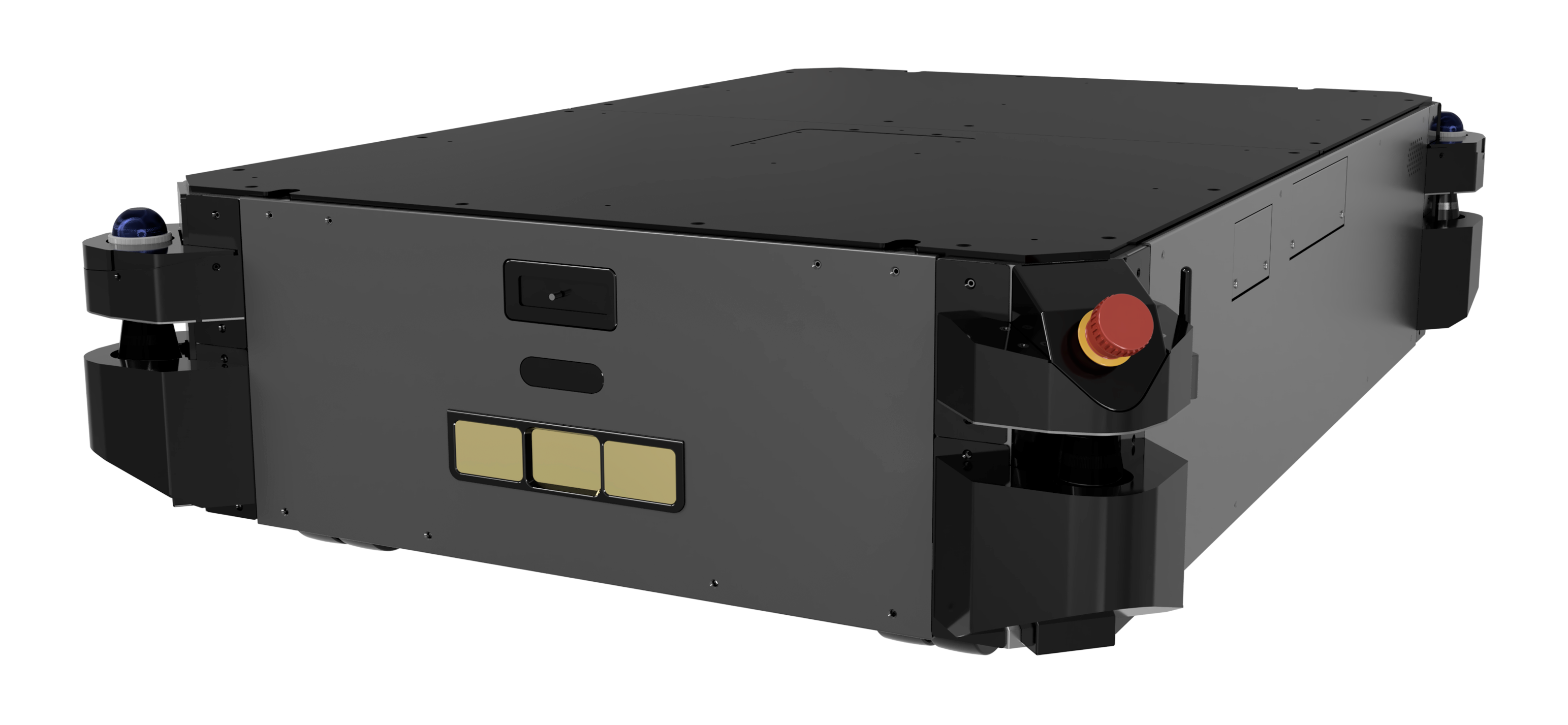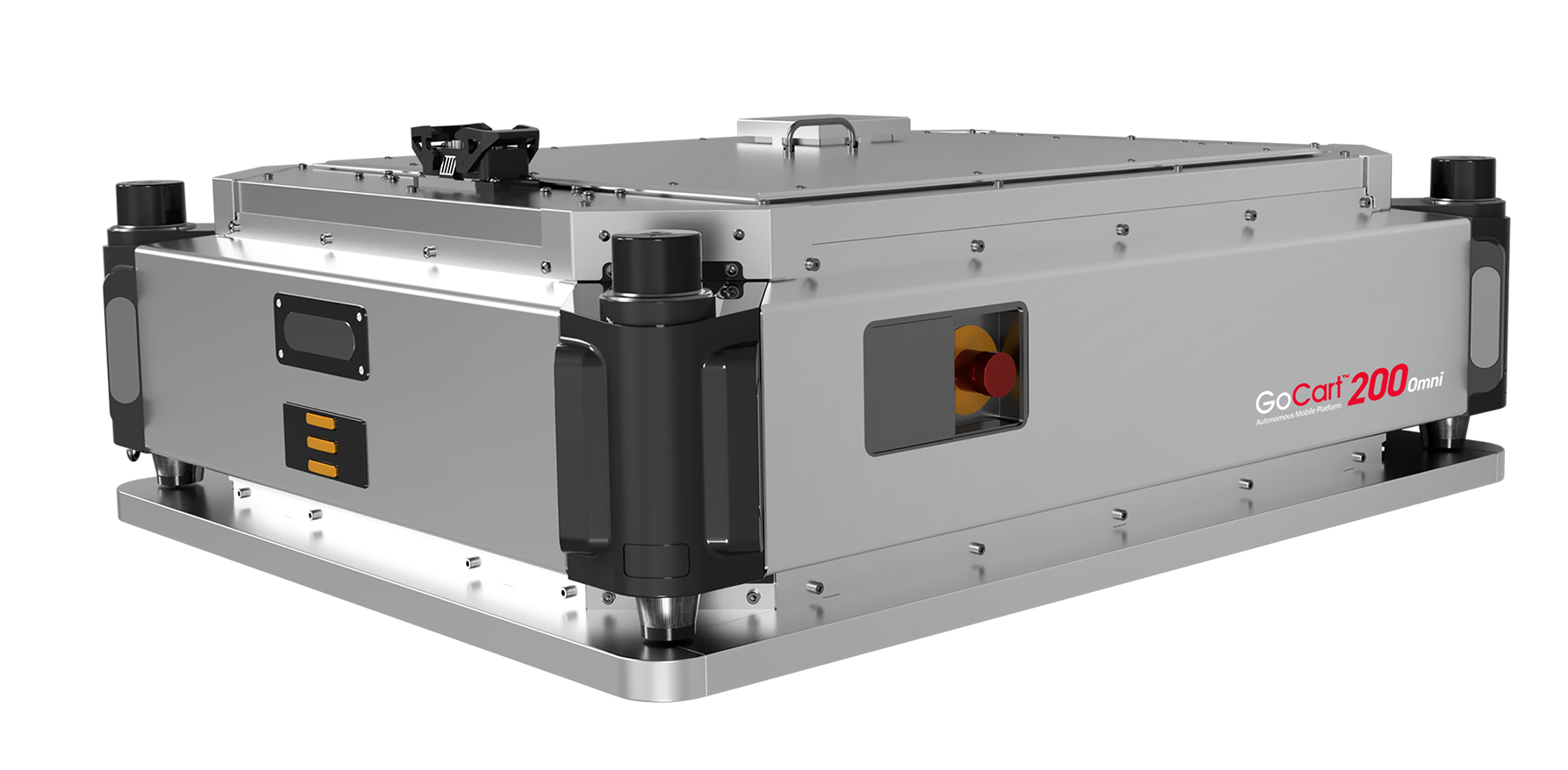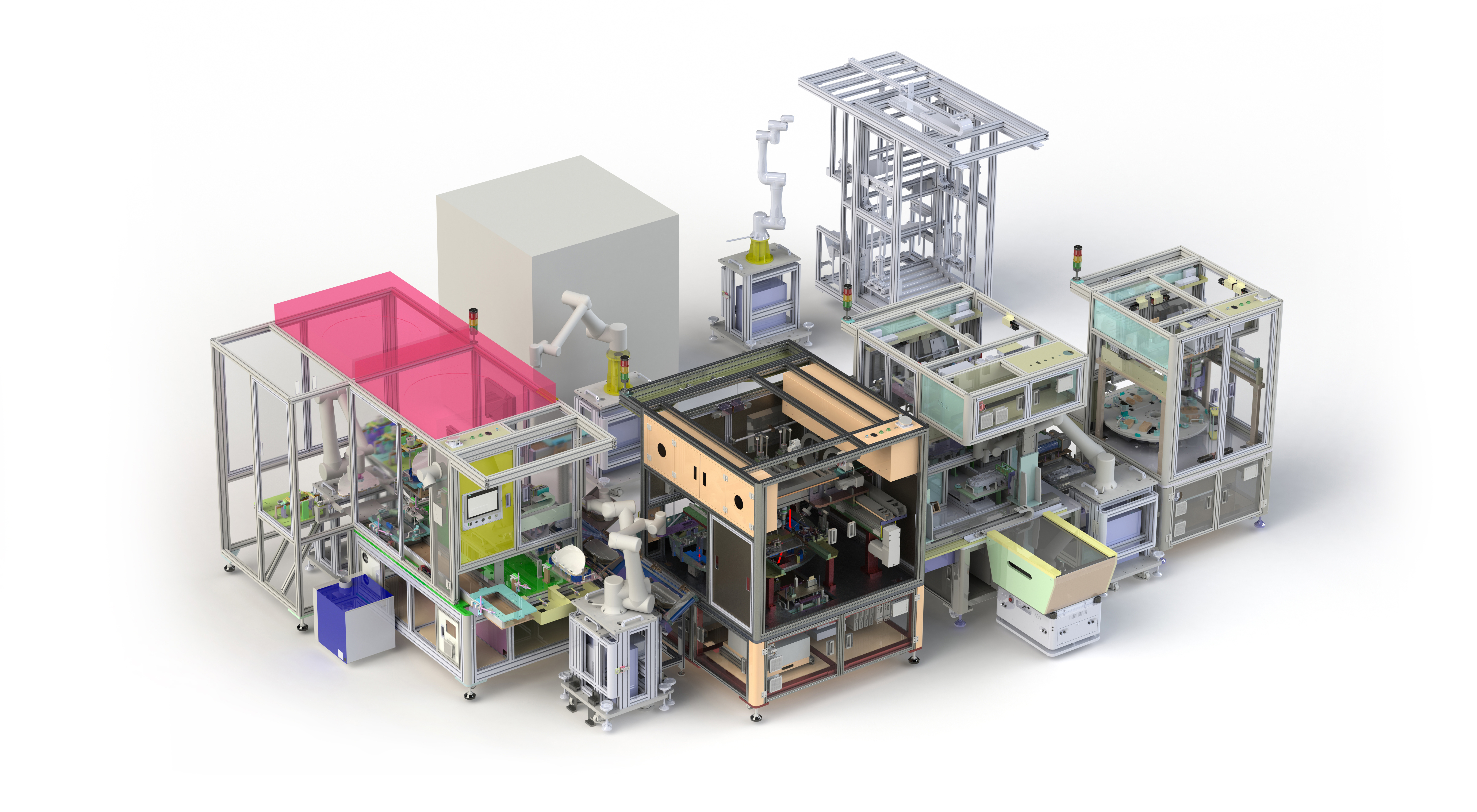COVID-19 changed the landscape for many industries, and the healthcare and warehousing fields were affected more than most. Not only did the demands on both of these industries increase, their new challenges had to be addressed by smaller teams on limited schedules.
COVID-19 forced rapid innovation as businesses scrambled to find solutions, including the increased use of autonomous transport vehicles and systems. Mobile delivery robots have played an important role in supporting businesses that are following COVID-19 safety protocols and meeting new demands. These customizable and adaptable solutions fit within the processes of a wide variety of workplaces, and together with a human staff, they are creating safer, more efficient work environments.
Autonomous Solutions in the E-Commerce Sector
While lockdown policies required people to stay home during 2020, the online retail sector saw an enormous increase in sales. According to Digital Commerce 360, U.S.-based online retailers saw a 44% increase in money spent by shoppers in 2020 compared to 2019. Logistics and distribution companies felt the strain from the hundreds of thousands of orders that needed to be fulfilled and delivered.
The same situation that led to increased sales also resulted in the closure of factories and loss of staff. COVID-19 protocols required businesses to reduce the number of people inside a building to preserve social distancing and safety measures. This meant that more orders than ever were being fulfilled by fewer people than ever.
In an effort to meet consumer demands, increase capacity and follow social distancing protocols, many businesses turned to autonomous transport systems. These intricate networks combine sophisticated software with mobile cart technology to support workers by handling menial and repetitive tasks, such as delivering completed orders from the warehouse floor to the loading dock for distribution.
Through the implementation of an autonomous transport system, factories, warehouses and distribution centers can keep their staff safe while meeting productivity goals. Autonomous transport systems reduce the need for people to physically handle products and parts, minimizing the spread of viral or bacterial illnesses. This helps businesses avoid closures due to outbreaks and helps employees stay healthy and safe while working.
Autonomous Solutions in the Healthcare Sector
COVID-19 put an unprecedented strain on hospitals and healthcare workers. Across the country, beds were full, personal protective equipment was scarce, and doctors worked incredibly long hours to tend to those in need of medical care.
The use of autonomous mobile robots in hospitals and other healthcare organizations has gone a long way toward easing the burden on overworked healthcare providers. Mobile carts can be used to deliver blood and samples to laboratories without requiring a nurse to spend the time taking them there. Meals can be delivered autonomously as well, freeing up staff for more important tasks.
As the pandemic eases and hospitals are better able to address the needs of incoming patients, autonomous transport solutions remain a useful and efficient way to support healthcare professionals by reducing the time they spend on menial tasks.

The Future of Safety in the Workplace
For many industries, the reality of day-to-day operations has changed dramatically. We understand better than ever how outbreaks start and spread. Hand sanitizer and social distancing floor decals are common in customer-facing workplaces. Many workers continue to work remotely, and essential workers work staggered shifts to limit the number of people in an enclosed space together.
Autonomous transport solutions will play an important role as companies address new safety protocols to bring their staff back to work. Similar to installing a “touchless” keypad system to prevent physical contact with door handles, autonomous transport systems can support your staff by reducing their likelihood of becoming sick. When employees aren’t at risk of catching a viral or bacterial illness, they take fewer sick days and have better health, and you won’t have to worry about finding staff to cover someone who is unexpectedly out for an unknown amount of time.
Autonomous delivery robots work by interacting with their environment through a complex system of sensors using Simultaneous Localization and Mapping and LiDAR technology. This allows them to move independently around a space without human intervention. A cart can be programmed to travel from a nurses’ station to the laboratory two floors below, or from one end of a factory line to another. These robots can work alongside people without running into obstacles. They can also freely interact with elevators and doors, moving along their set path with ease.
When an autonomous transport system is used to handle menial, repetitive tasks, your employees are free to spend their time, skills and talent on the things that really matter. Dangerous tasks can also be assigned to the autonomous system, reducing the risk of harm to your employees. Not only does this result in more efficient processes, it also helps employees feel safer and less stressed. They don’t have to spend their time or energy on tasks that are draining or boring; instead, they can use their time at work for creative problem-solving and forward-thinking. Employees will feel supported in being their best selves at work.
Implementing an autonomous transport system is an investment in your team. They can focus on important priorities and make their work hours more valuable by reducing the number of menial tasks they handle. In addition, you can create a safer work environment and follow COVID-19 protocols by minimizing physical contact between people. Integrating mobile robot platforms creates an environment that supports your team and makes work more meaningful for them.



















